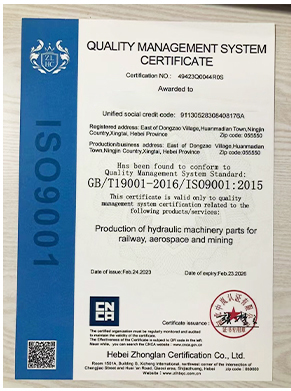- Arabic
- French
- Russian
- Spanish
- Portuguese
- Turkish
- Armenian
- English
- Albanian
- Amharic
- Azerbaijani
- Basque
- Belarusian
- Bengali
- Bosnian
- Bulgarian
- Catalan
- Cebuano
- Corsican
- Croatian
- Czech
- Danish
- Dutch
- Afrikaans
- Esperanto
- Estonian
- Finnish
- Frisian
- Galician
- Georgian
- German
- Greek
- Gujarati
- Haitian Creole
- hausa
- hawaiian
- Hebrew
- Hindi
- Miao
- Hungarian
- Icelandic
- igbo
- Indonesian
- irish
- Italian
- Japanese
- Javanese
- Kannada
- kazakh
- Khmer
- Rwandese
- Korean
- Kurdish
- Kyrgyz
- Lao
- Latin
- Latvian
- Lithuanian
- Luxembourgish
- Macedonian
- Malgashi
- Malay
- Malayalam
- Maltese
- Maori
- Marathi
- Mongolian
- Myanmar
- Nepali
- Norwegian
- Norwegian
- Occitan
- Pashto
- Persian
- Polish
- Punjabi
- Romanian
- Samoan
- Scottish Gaelic
- Serbian
- Sesotho
- Shona
- Sindhi
- Sinhala
- Slovak
- Slovenian
- Somali
- Sundanese
- Swahili
- Swedish
- Tagalog
- Tajik
- Tamil
- Tatar
- Telugu
- Thai
- Turkmen
- Ukrainian
- Urdu
- Uighur
- Uzbek
- Vietnamese
- Welsh
- Bantu
- Yiddish
- Yoruba
- Zulu
സെപ് . 11, 2024 22:25 Back to list
Flat Belts for Machinery - Durable and High-Performance Solutions
Understanding Flat Belts for Machinery
Flat belts have long been an essential component in the machinery industry, playing a crucial role in power transmission and mechanical movement. These simple yet effective devices are designed to transfer motion and energy between rotating shafts, allowing various machines to function efficiently. In this article, we will explore the characteristics, types, advantages, and applications of flat belts in machinery.
Understanding Flat Belts for Machinery
Various types of flat belts exist, each suited for specific applications. For instance, rubber belts are commonly used in automotive and industrial machinery due to their resistance to wear and environmental factors. Leather belts, while traditional, offer good flexibility and are often used in vintage machinery restoration projects. Synthetic belts, including those made from polyurethane or polyester, provide excellent resistance to abrasion, making them suitable for high-speed applications.
flat belts for machinery

One of the primary advantages of flat belts is their simplicity in design and installation. Compared to other power transmission systems like chains or gears, flat belts require fewer components, leading to reduced maintenance needs and lower operational costs. Their flat surface maximizes the contact area with pulleys, which enhances torque transmission while minimizing wear on both the belt and the pulley.
Moreover, flat belts can operate over long distances and across multiple axes, making them versatile in various machinery setups. They are commonly found in conveyor systems, where they transport goods across different stages of production, as well as in woodworking machinery, textile manufacturing, and even in some agricultural equipment.
The efficiency of flat belts also contributes to energy savings in machinery operations. With advancements in materials and manufacturing techniques, modern flat belts are designed to minimize friction and energy loss, thus enhancing overall machine performance. This focus on efficiency aligns with the growing emphasis on sustainability in industrial practices.
In conclusion, flat belts are integral components in the machinery sector, valued for their simplicity, versatility, and efficiency. As technology progresses, the evolution of materials and designs will continue to enhance their performance and applicability. Whether in traditional settings or cutting-edge industrial environments, flat belts will undoubtedly remain a cornerstone of effective power transmission in machinery for years to come.
-
Korean Auto Parts Timing Belt 24312-37500 For Hyundai/Kia
NewsMar.07,2025
-
7PK2300 90916-T2024 RIBBED BELT POLY V BELT PK BELT
NewsMar.07,2025
-
Chinese Auto Belt Factory 310-2M-22 For BMW/Mercedes-Benz
NewsMar.07,2025
-
Chinese Auto Belt Factory 310-2M-22 For BMW/Mercedes-Benz
NewsMar.07,2025
-
90916-02660 PK Belt 6PK1680 For Toyota
NewsMar.07,2025
-
drive belt serpentine belt
NewsMar.07,2025

